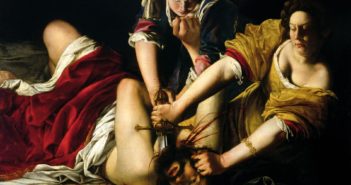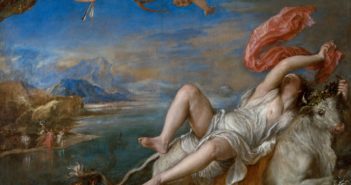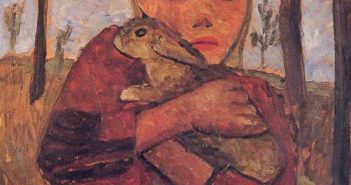
How to cultivate quality
Dear Artist, Psychology Professor Dean Keith Simonton, an expert in genius, says that if you…

Dear Artist, Psychology Professor Dean Keith Simonton, an expert in genius, says that if you…

Dear Artist, Artist Sherry Abramson of Vancouver wrote, “I know I’m hunting for the next…

Dear Artist, “Virtuous circle” is a term used mainly in economics. It refers to a…

Dear Artist, A young friend, who has this fall begun an art degree, received a…

Dear Artist, The other day I was looking into the eyes of a painter as…

Along the Alabama River just south of Selma, there’s a horseshoe-shaped turn resembling an inland island, where a cotton plantation once stood. In 1816, 18 slaves were brought to this bend by a man named Gee from North Carolina. A generation later, his cousin, Pettway, took over the plantation and brought more slaves — one of them, Dinah Miller, brought to the United States on a slave ship in 1859, has descendants living there today. When the last remaining African American slaves were emancipated on June 19th, 1865, many from the Pettway plantation, who now also went by the name of Pettway, continued to work there as sharecroppers.

Dear Artist, This week, 500 women, mostly artists, teachers and art professionals, met online to…

Before 1956, Desmond Morris was a surrealist painter who had recently completed a doctorate in zoology at Oxford. That year, he began studying the picture-making abilities of two-year old chimpanzee Congo, a resident at the London Zoo. As Morris had recently agreed to host a show on animal behavior for Granada TV, he caught the whole thing on film.

Rajat Shanbhag of Ohio wrote, “I have been sneaking every chance at work and most of time between paintings to read much from The Painter’s Keys. Next year, I am planning to take a hard right and move from the US to Canada to begin my painting career. I began painting nearly 3 years ago while I was getting my Masters Degree in Mechanical Engineering and have been working really hard at it every moment since then, and now I really do feel confident I can make a living out of it. I am looking for any light you can shed on steps to take the very first year.

“Your doubt can become a good quality if you train it,” wrote Austrian poet Rainer Maria Rilke to 19-year-old Franz Kappus, an officer cadet at the Military Academy of Vienna who, disenchanted with military life, began sending his poems to Rilke for critique. For seven years, Rilke replied with letters about love, loneliness, truth seeking, suffering and feeling and engaging with art and the world. When tackling doubt, he suggested that Kappus could transform it into a productive creative tool. “It must become knowing, it must become criticism.” Here are a few ideas: